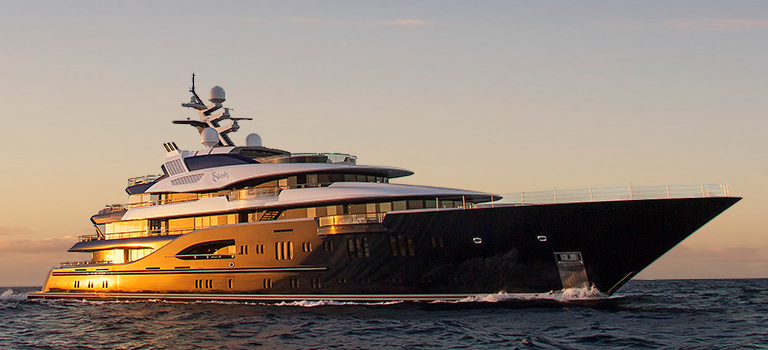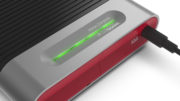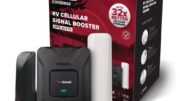The cell phone signal booster on your boat has two main enemies. We can show you how to fix them for better marine cellular reception.
Do you have a cell phone signal booster on your boat? If so, might’ve encountered oscillation and overload. These side effects are the two biggest enemies of your calls and texts. Fortunately, most new marine signal boosters automatically correct these problems. If you’re using older equipment, you can do to lessen the effects of oscillation and/or overload. As your cell phone booster expert, we want to make sure that you get the enhanced reception you deserve.
What is a Marine Signal Booster?
A marine signal booster keeps you connected. It also provides good data speeds as long as the slightest of signals is available. These systems have two antennas – one outside the boat, the other inside – and a signal amplifier. Let’s say you get a call out at sea. The outside antenna passes weak cell signals through a cable to the signal amplifier. From there, it sends that amplified signal to the antenna in the boat. The inside antenna broadcasts boosted signals to the phones and devices in the boat.
When you place a call from inside the boat, this all works in reverse. The signal passes through the inside antenna, through the amp, and to nearby cellular towers. A marine cell phone signal booster is a cell booster used on boats, oil rigs, and marinas.
What is Oscillation?
In the early days of marine cell phone boosters, you know you had oscillation. It caused the device to emit a high-pitched shriek. With today’s boosters, oscillation makes the system shut down. It powers back on once the problem is resolved. Oscillation happens when the antenna in the cabin is too close to the system’s outside antenna.
If you have a newer cell booster, oscillation really isn’t a problem. Chances are good that your booster has the technology to battle oscillation on its own. You can help by making sure there are 15 vertical feet between your booster and the outside antenna. If you still hear a high-pitched screech over your cellphone, it’s time for a new cell phone booster.
What is Overload?
Ever feel like your marine cellular signal booster just “quits working?” Don’t worry! It’s not broken, you’re just experiencing overload. This is what happens when the signal outside is strong enough to not need a booster. The booster automatically reduces the power until the overload problem goes away. Chances are, you won’t even notice.
So, when it comes to overload, we have the easiest fix of all – do nothing. Your cell signal booster will probably fix itself. These overload effects also go away once you pull away from the nearby cell towers on shore. Still, if you’re using older equipment, it’s time to think about upgrading to a new marine cell phone signal booster. This delivers the best in improved cellular reception whether you’re close to shore or out to sea.
Your Marine Signal Booster Solution
Do you need to improve the cellular connection on your vessel, marina, or oil rig? Or maybe you need to replace one of the parts on your existing cell phone signal booster? Whatever you need, Solid Signal is your marine signal booster expert. Call us at 888-233-7563 to get the best cell phone signal booster for your boat. And if you’re reading this after hours, just take a moment to fill out the form below. When you send that to us, someone from our team will reach out with your cell phone signal booster solution.





